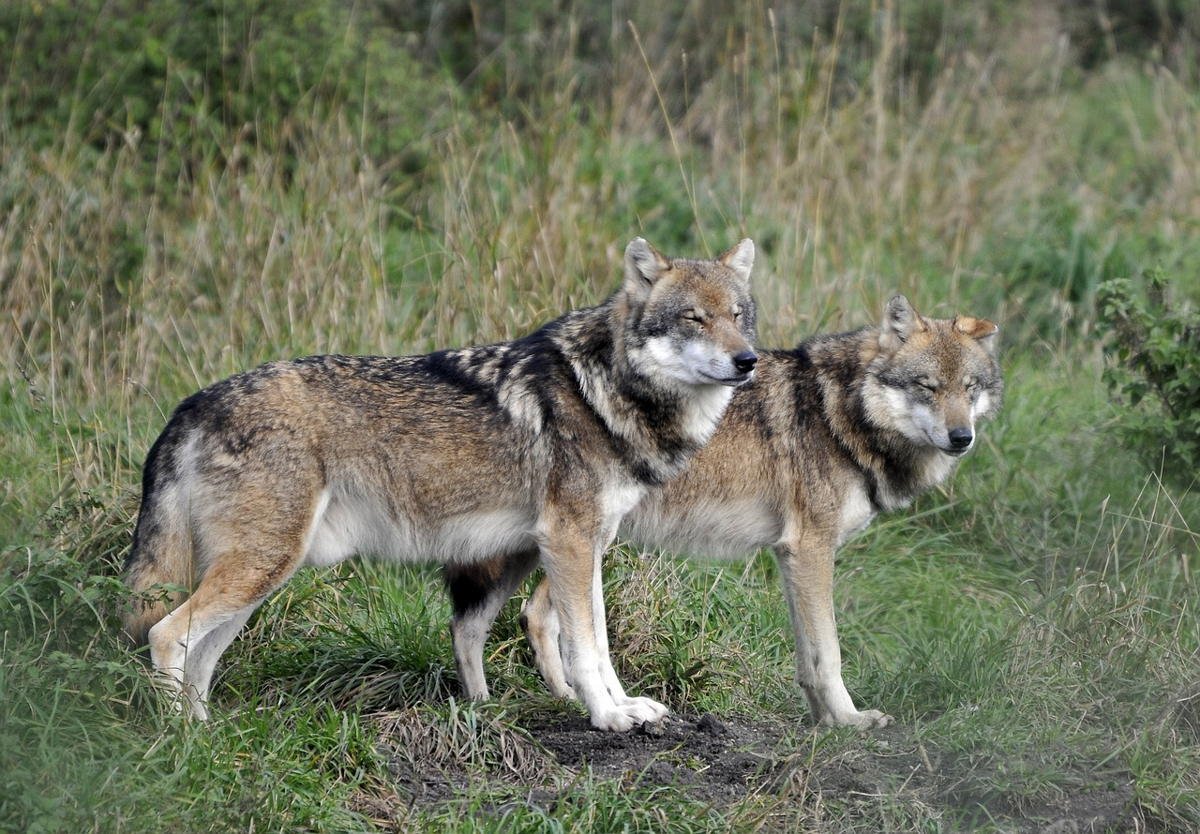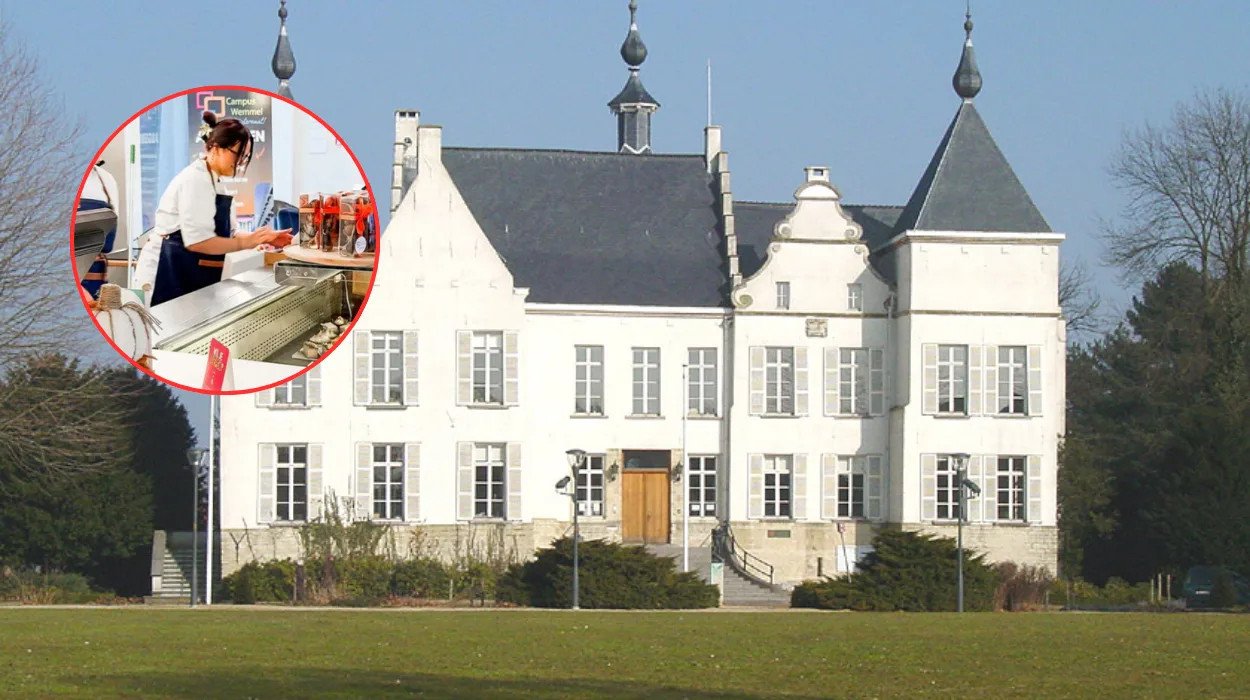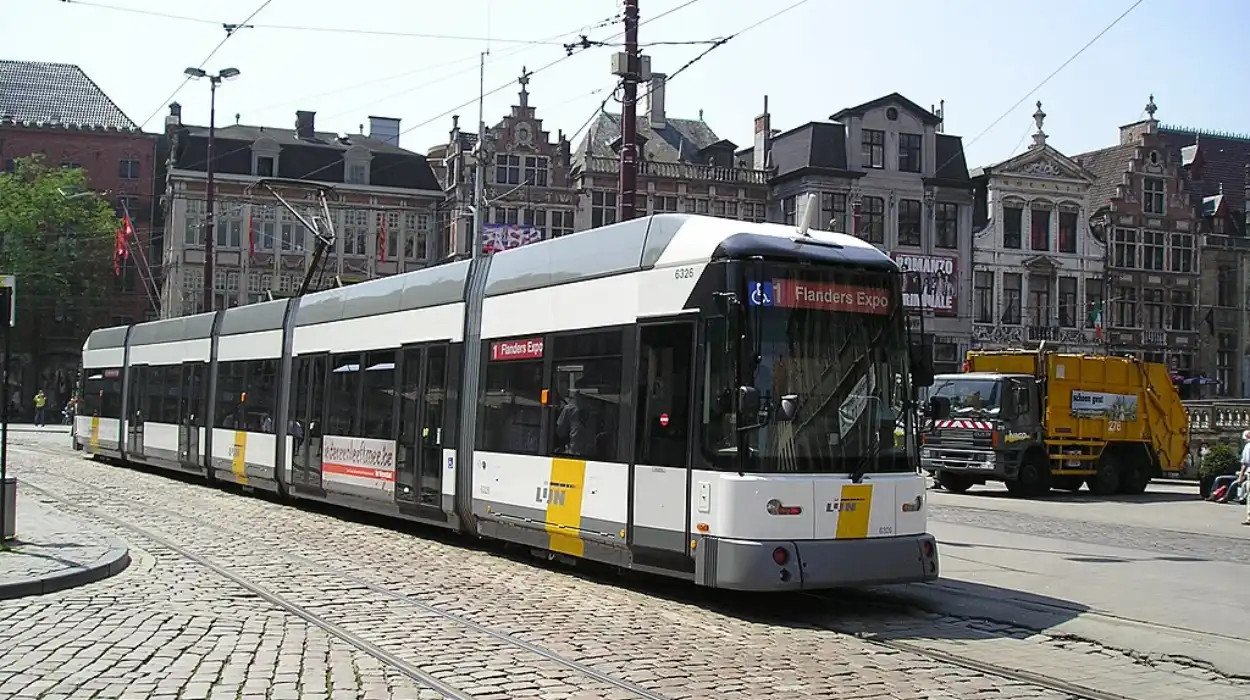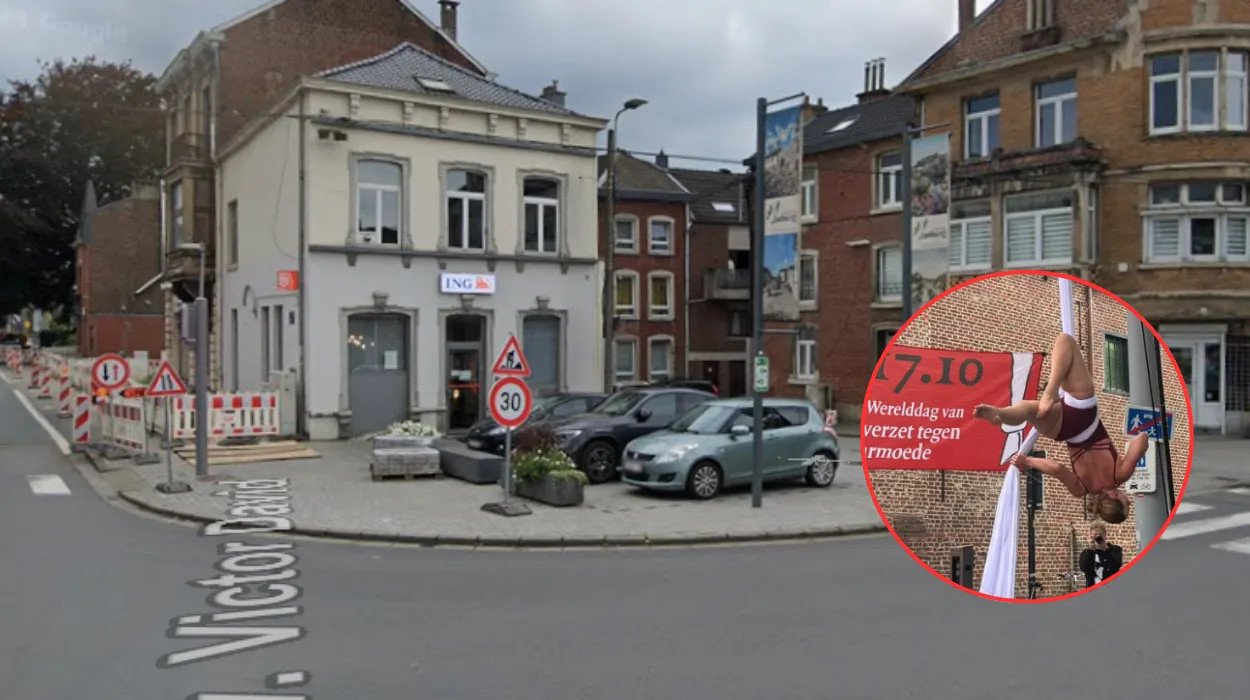The Struggle of the Grey Wolf in Europe: A Conservation Icon Under Threat
The grey wolf, once a symbol of successful conservation in Europe, faces severe challenges as political controversies overshadow its recovery efforts. From Brussels to various forests across Belgium, Sweden, Italy, and Poland, the wolf now exemplifies the deep cultural divides between urban and rural communities, farmers and environmentalists, and the clash between facts and fears, reports 24brussels.
The population of grey wolves, which had nearly vanished from Western Europe, rebounded significantly due to protective measures under the EU Habitats Directive and the Bern Convention. An estimated 12,000 wolves roamed primarily Eastern Europe in 2012; this number has surged to approximately 21,500 today.
As wolves reestablished territories in Western Europe, the success of legal protections became evident. However, this progress began to falter in September 2022 following an incident where a wolf killed a pony belonging to Ursula von der Leyen in Lower Saxony. This event catalyzed a shift in Brussels, with long-standing commitments to “coexistence” giving way to mounting calls for wolf population control.
Fueled by the European People’s Party and other political factions, the push to relax protections gained momentum, prioritizing political maneuvering over scientific rationale.
Political Flashpoint
By December 2023, the European Commission formally proposed reducing the wolf’s protection status under both EU and international law, allowing for increased culling. A year later, the wolf’s status was officially lowered under the Bern Convention.
In Spring 2025, the EU further escalated this trend by reclassifying the grey wolf from “strictly protected” to merely “protected.”
Current political disputes center around the wolf in various European countries, including Sweden, Italy, the Netherlands, the Czech Republic, and Poland. In this heated environment, misinformation has proliferated, further complicating the situation.
Anti-wolf sentiments often capitalize on unfounded claims, alleging that wolves are intentionally released, crossbred with dogs, or present significant risks to human safety.
These narratives gain traction through rural-centered political groups, anti-wolf campaigns, as well as agricultural and hunting interests, positioning the wolf as a symbol of urban encroachment on rural life and regulatory burdens.
The Wolf’s Return to the Low Countries
The recent chapter of wolf recovery in Belgium commenced in 2018 with the arrival of Naya, a GPS-tracked wolf from Germany. Shortly thereafter, GW998f also moved into the Dutch territory, leading hopes for local offspring amid growing debates over land use and rural identity.
Although Naya’s life was tragically cut short before producing young, proactive measures emerged in Flanders. Organizations such as Natuurpunt, WWF Belgium, and local government agencies launched the Wolvenplan Vlaanderen (Flemish Wolf Plan) and formed the Wolf Fencing Team, providing free guidance, administrative support, and practical fencing solutions to protect livestock.
This collaborative approach, uniting conservationists, farmers, hunters, and local authorities, has consistently reduced livestock losses and streamlined policy responses in the region.
Despite a national wolf strategy in the Netherlands prior to the species’ return, implementation fell mainly to unprepared provincial authorities. Fragmented measures led to inconsistent subsidies and a fertile ground for misinformation until 2025.
Enduring Challenges
In Flanders, calls for greater action are evident, according to Landschap vzw, the organization behind the Welkom Wolf campaign. They have initiated legal proceedings against the Flemish government, accusing it of neglecting wolf protection in the region.
The organization argues that local authorities persistently violate both European and Flemish wildlife conservation laws.
Additionally, fragmented habitats due to roads in Flanders increase vehicle collision risks for wolves. In Wallonia, while habitat potential is more significant, the absence of stable packs may stem from illegal killings and excess hunting pressure spilling over from France.
Without continued investment in effective coexistence measures and secure wildlife corridors, the return of wolves risks devolving into uncoordinated crisis management.
The future of the grey wolf in Europe—a challenge entwined with political interests rather than mere ecological management—will ultimately rely on the political resolve to safeguard their existence.








